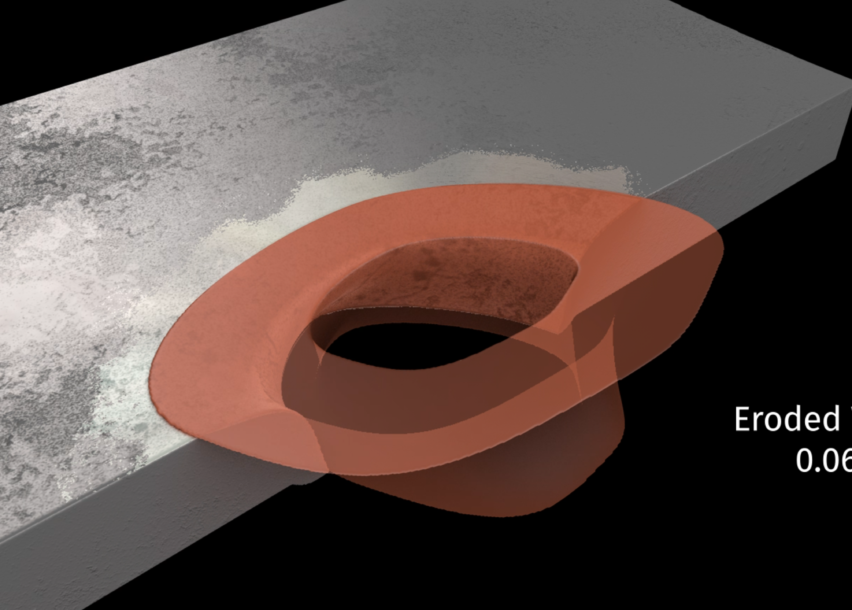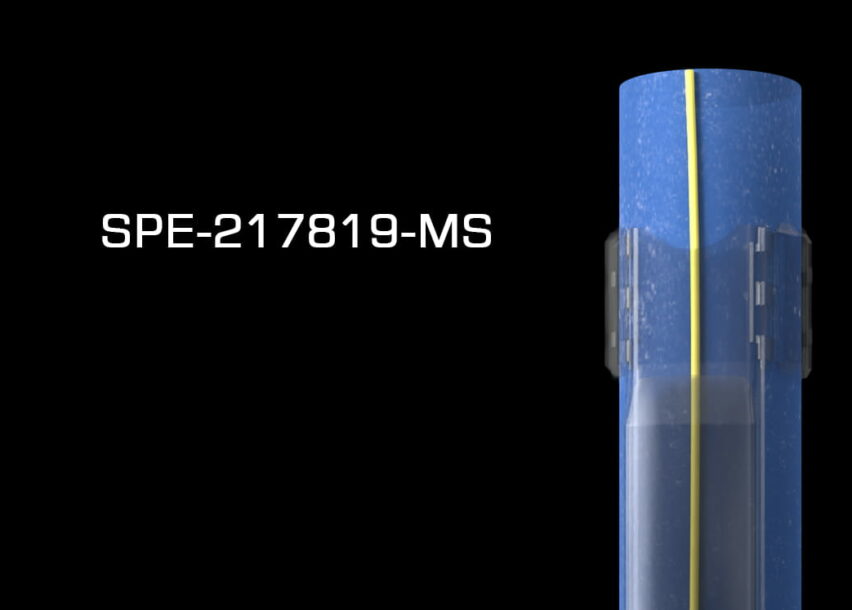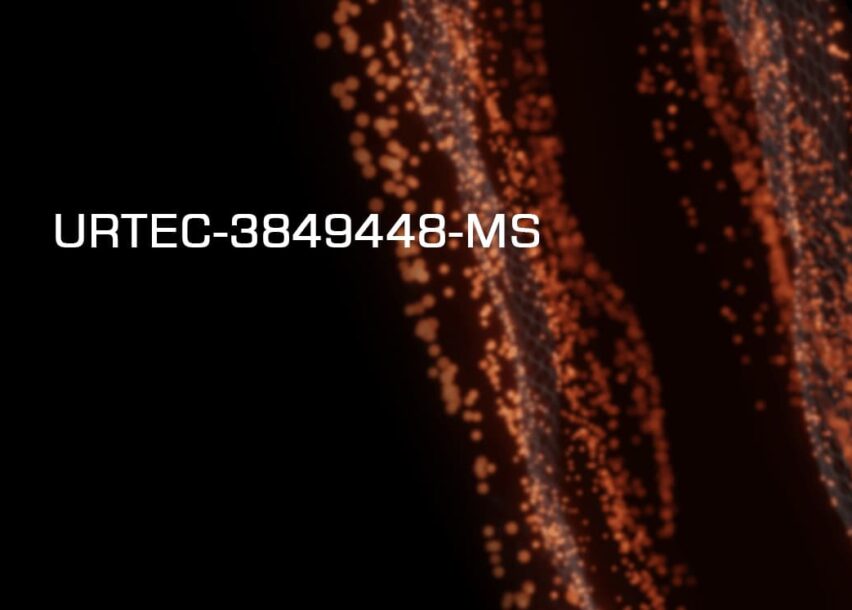
Though plug failures can be observed from surface pressure and flow-rate data, the aggregate frequency, causes, and severity of the resulting erosional damage at plug locations were not previously well understood and highly speculative in nature. And that’s where DarkVision’s technology comes in.
At this year’s SPE-ICoTA Conference & Exhibition, DarkVision partnered with Arc Resources to uncover the severity and prevalence of casing damage present at locations where isolations plugs had been set. And the results were unprecedented.
Looking at over 2700 plug locations – the world’s largest dataset of its kind – the DarkVision team was able to correlate plug type and location with wall loss severity. The outcome? Operators are making better plug choice decisions to minimize non-productive frac fluid, and improve well integrity over the long term. Read “High Resolution Acoustic Imaging of Plug Related Casing Damage in Hydraulically Fractured Horizontal Wells” to get the full story.
Check out the full whitepaper here.

Abstract
While assessing post-hydraulic-fracture perforation growth using solid-state, high-resolution acoustic imaging tools, it was noted that plug failures were occurring at a high frequency. Though plug failures can be observed from hydraulic fracture surface pressure and flow rate data, the aggregate frequency, causes, and severity of the resulting erosional damage at plug locations were not previously well understood and highly speculative. The sub-millimetric three-dimensional imagery generated from high-resolution solid-state acoustic tools significantly improved the industry’s awareness of plug failure frequency, mechanisms of failure, and the resulting impact to stimulation efficiency. These acoustic tools helped to uncover the causes and explore possible solutions to failing plugs. This paper presents aggregate data encompassing casing wall loss at over 2700 plug locations and presents emerging trends that appear across the broader dataset. In addition, this paper showcases the usage of high-resolution acoustic imaging in two operator-specific case studies.







